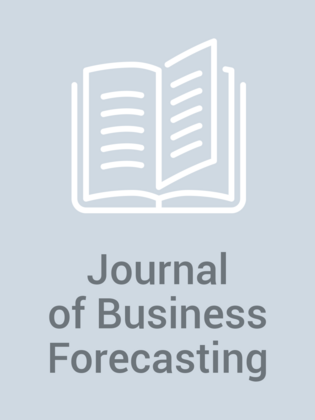Benchmarking Forecasting Models
BENCHMARKING FORECASTING MODELS By Chaman L. Jain, St. John’s University Forecasting models are the heart of forecasting. To get the best results, one has to match the right data with the right model. Each data set has a set pattern, and each model captures a certain pattern. If the right data are married to the right model, you will have the best forecasts. There are basically three types of models, which are: (1) Time Series, (2) Cause-And-Effect, and (3) Judgmental. TIME SERIES MODELS In time series models, forecasts are prepared by extrapolating the past data using one technique or another. Here we assume that the past pattern will continue into the future. Among all the forecasting models, Time Series models are, by and large, the simplest — easy to understand and easy to use. They generally work well for short-term forecasting. Within Times Series, there are a number of models, the most important among them are: (i) Averages including Simple and Moving, (ii) Simple Trend, (iii) Exponential Smoothing, (iv) Decomposition, and (v) Box Jenkins. CAUSE-AND-EFFECT MODELS In Cause-And-Effect models, there is a cause (called driver or independent variable) and there is an effect ...









